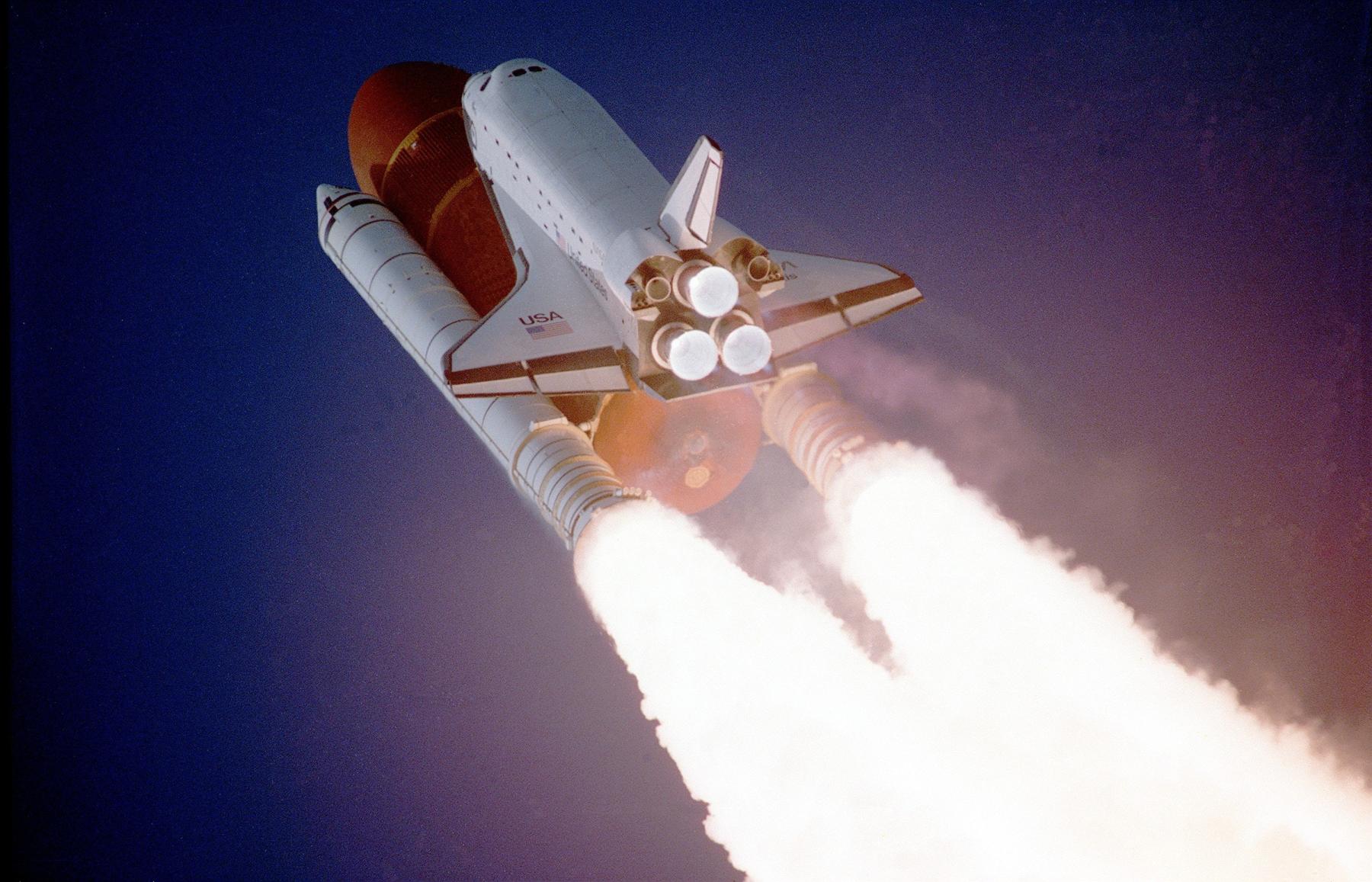
Rocket Launch Algebra 2
by Lisa Mills
In this hands-on and engaging lesson, students build and launch model rockets. They explore the forces acting on the rocket and design an experiment They predict the time to apogee based on manufactures specifications, calculate the maximum velocity using trigonometric functions and calculate the height of the rocket based on experimental time data.
Lesson Grade Level
11th GradeLesson Plan Link/URL
https://docs.google.com/presentation/d/1J_7us_-EKDsgO5ErNtzAwrBN6ZWvN7wS/edit?u…Subject Area
Science Physical Science P3: Net Force P4: Energy Transfer Engineering S2: Apply the Engineering Design Process S3: Apply Mathematics to Engineering S4: Apply Science to Engineering Mathematics Measurement and Data (MD) Functions (F) Reasoning with Functions and Relations (RFR) Reasoning with Trigonometry (RT)
Featured
Off
Related Content

Grades:
11th Grade, 12th Grade
This lesson plan focuses on the following standards : HS.P3U2.7 Use mathematics and computational thinking to explain how Newton’s laws are used in engineering and technologies to create products to

Grades:
12th Grade
This lesson plan will focus on different fun and engaging activities pertaining to one of the most complicated standards in physics, which is projectile motion. At the end of this lesson students are

Grades:
9th Grade, 10th Grade, 11th Grade, 12th Grade
Using the Introduction to Hydroponics lab, introduce students to the features of the Hydroponic Systems. Students will explore the different types of grow mediums and grow lights used in the systems